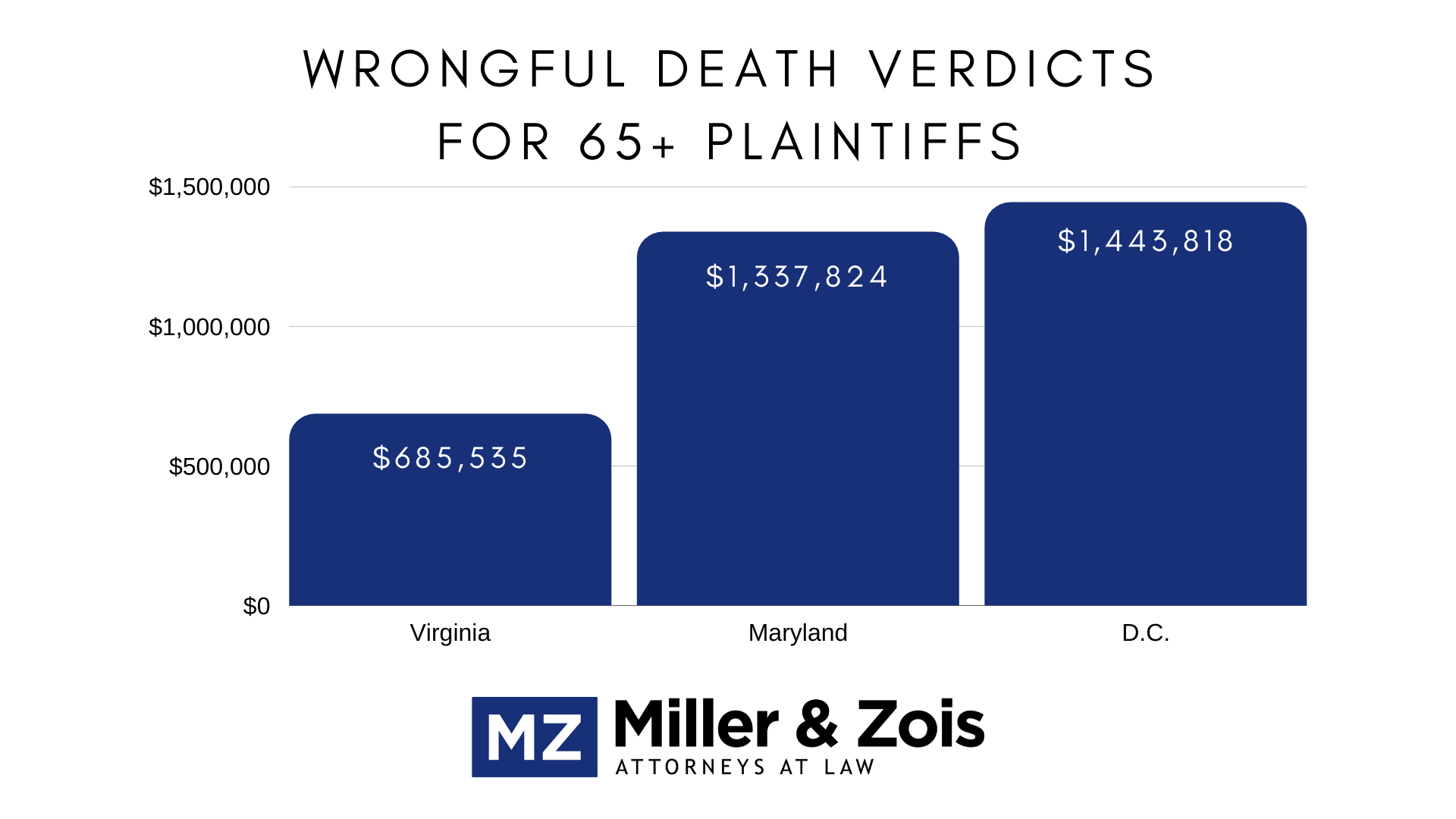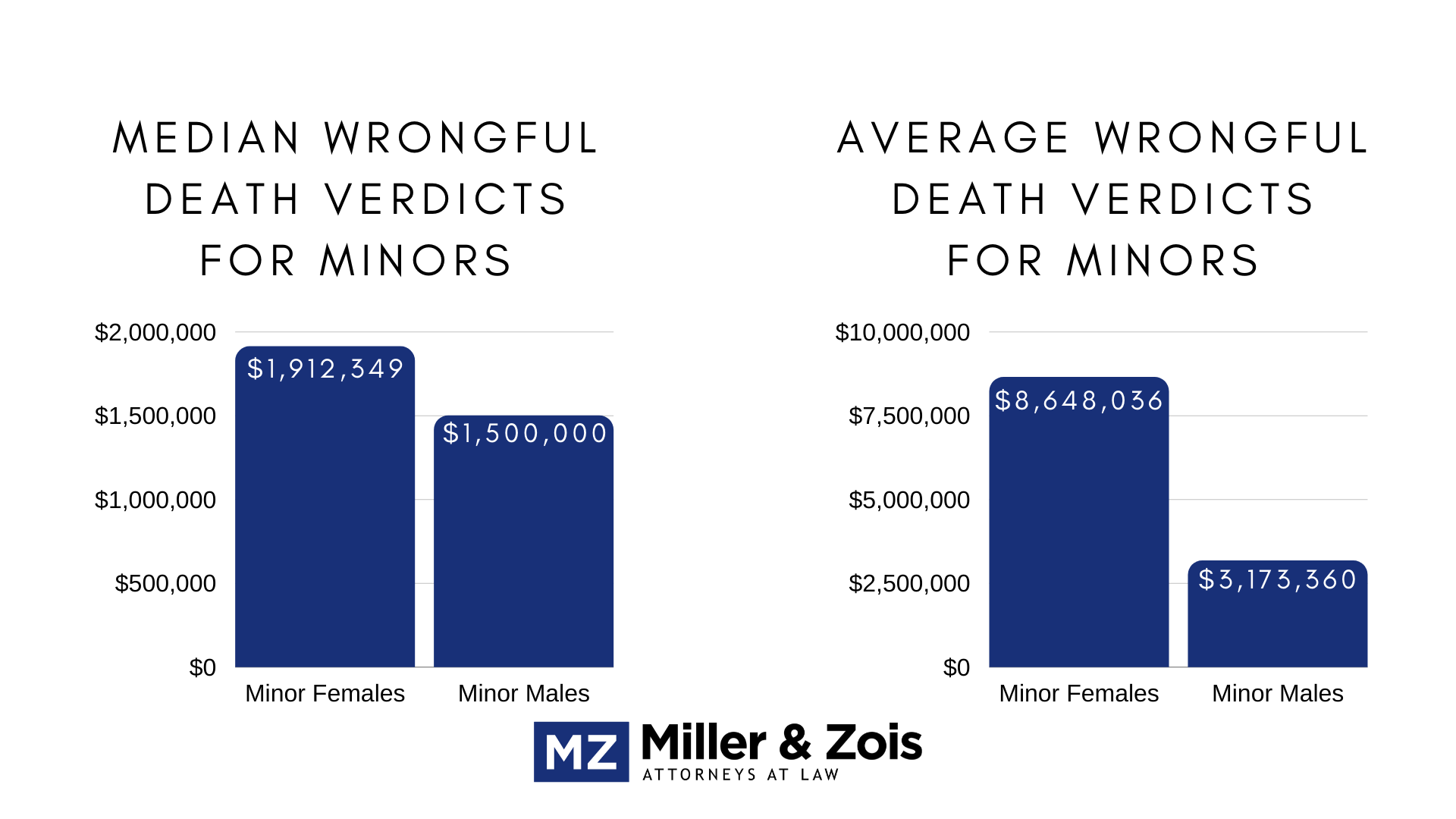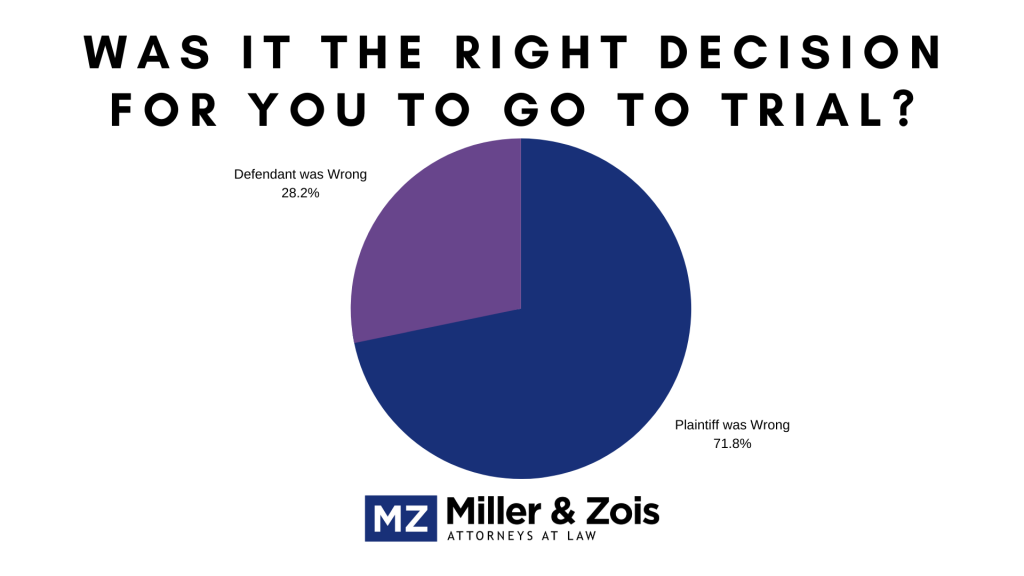While not as fun as, say, baseball statistics in the pre-steroids era, I really enjoy looking at statistics on personal injury lawsuits. The Department of Justice just released a new report on personal injury lawsuit statistics (which I found via TortsProfBlog). The data, as always with this stuff, is older – 2005. But it is still interesting. Here is a sampling:
- Personal injury lawsuits accounted for about 60% of the estimated 26,948 tort, contract, and real property cases. The big venues are trying fewer cases. The number of personal injury lawsuits conducted by state courts in our 75 most populated counties declined approximately a third from 10,278 trials in 1996 to 7,038 trials in 2005.
- Verdicts are down a bit, but not much is changing. The median damage awards garnered by plaintiffs in personal injury lawsuits declined from $38,000 in 1996 to $31,000 in 2005. Personal injury plaintiffs prevailed from 1996 to 2005 consistently about half of the time. The percentage of plaintiffs prevailing in automobile accident cases increased a bit from 58% in 1996 to 61% in 2005, but medical malpractice lawsuits became less successful: medical malpractice plaintiffs won in 19% of malpractice lawsuits in 2005 and 23% in 1996.
- Nearly 60% of tort trials were auto accident lawsuits. Wow.
- Approximately 15% of tort trials were medical malpractice lawsuits. It takes six days to try the average malpractice lawsuit.
- Approximately 5% of tort trials were product liability lawsuits. Of the product liability lawsuits that went to trial, plaintiffs prevailed in about 40%.
- An amazing 25% of product liability lawsuits are asbestos claims or other toxic tort lawsuits.
- Judges found for plaintiffs in 56% of tort trials, while juries ruled in favor of plaintiffs in 51% of tort trials.
- Plaintiffs prevailed in less than a quarter of lawsuits involving medical malpractice, non-asbestos (other) product liability, and false arrest or imprisonment trials.
- During 2005, plaintiff winners in tort trials in the national sample were awarded an estimated
$3.6 billion in compensatory and punitive damages (not shown in a table). The overall median final award of $24,000 in jury trials and $21,000 in bench trials did not differ statistically.
 Maryland Injury Law Center
Maryland Injury Law Center





